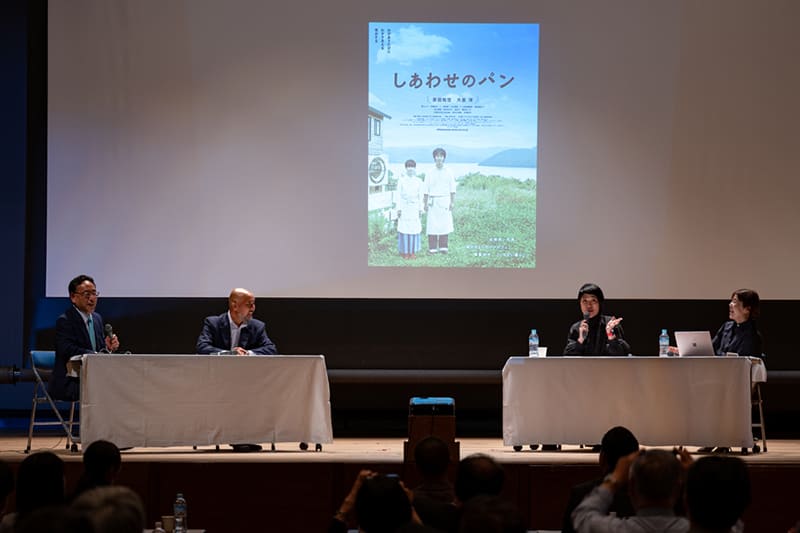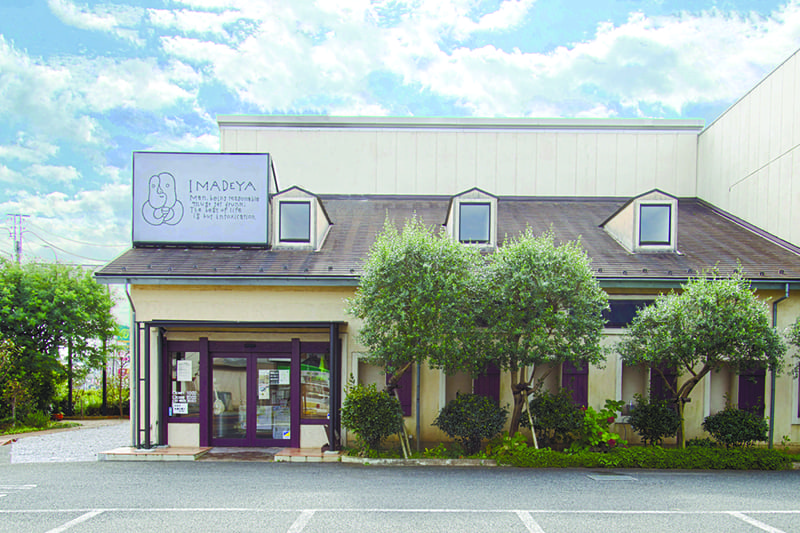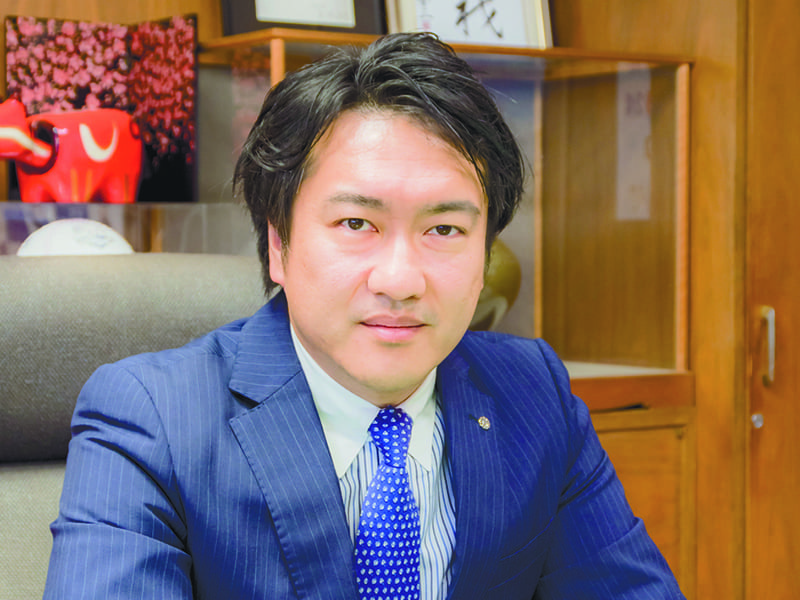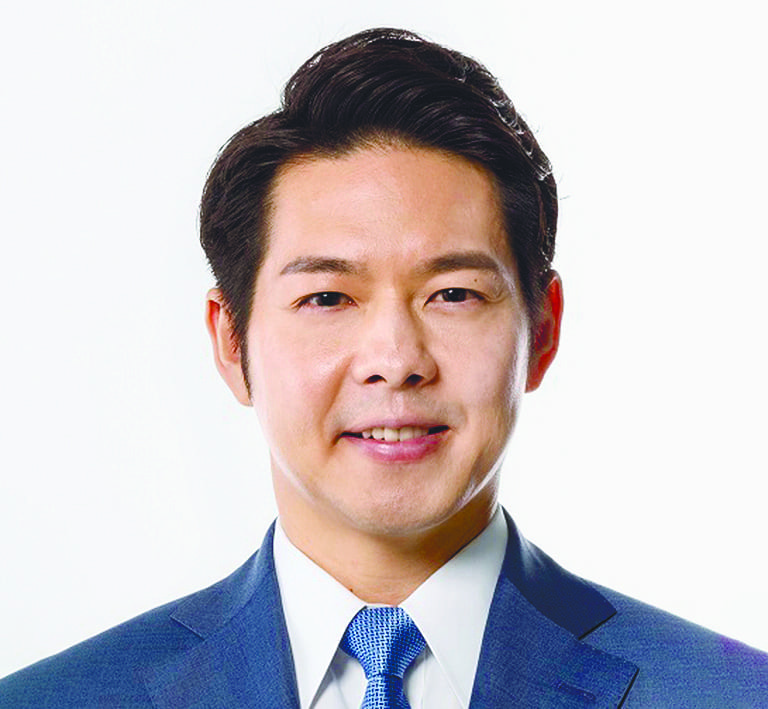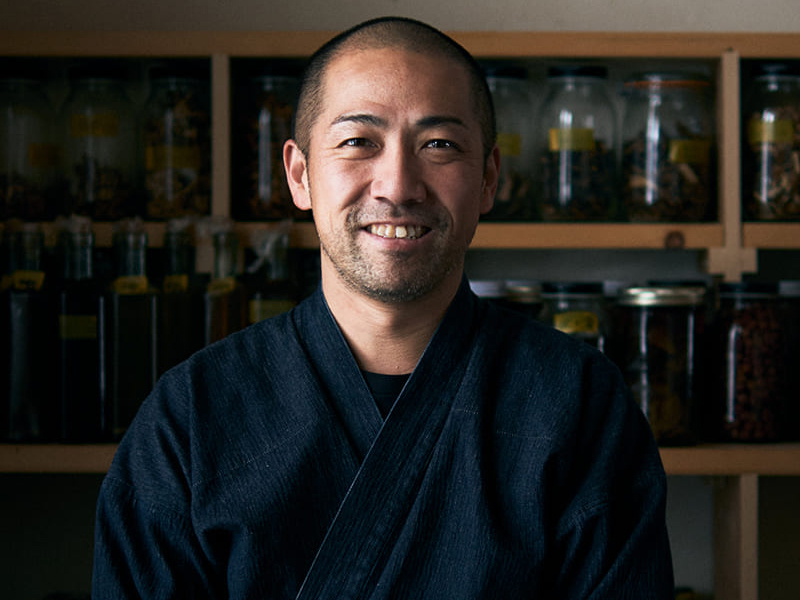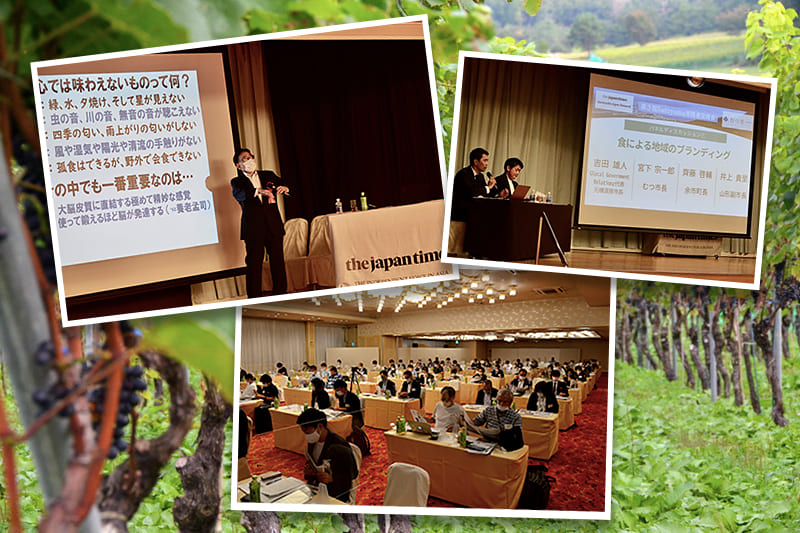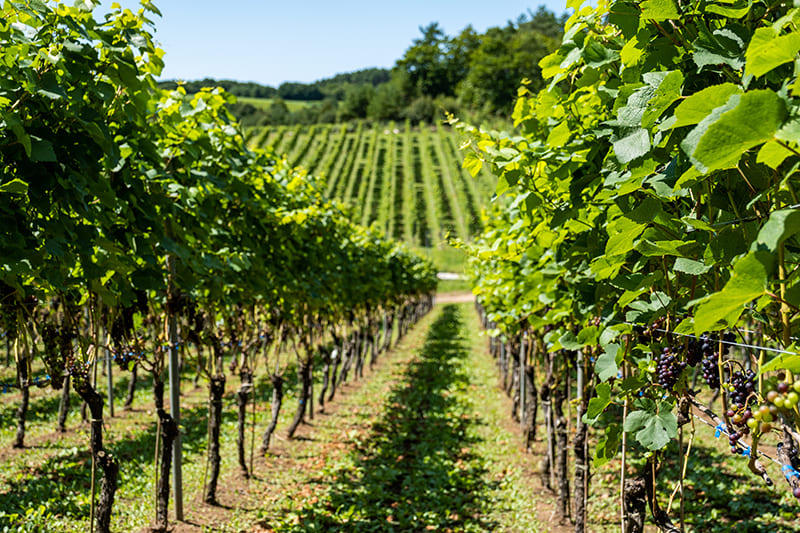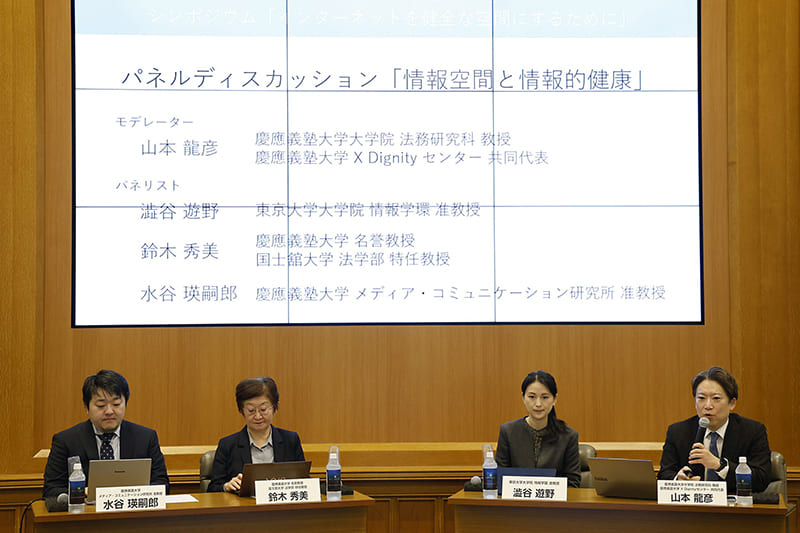October 18, 2024
Famed farm, sea products create potential for gastronomy tourism
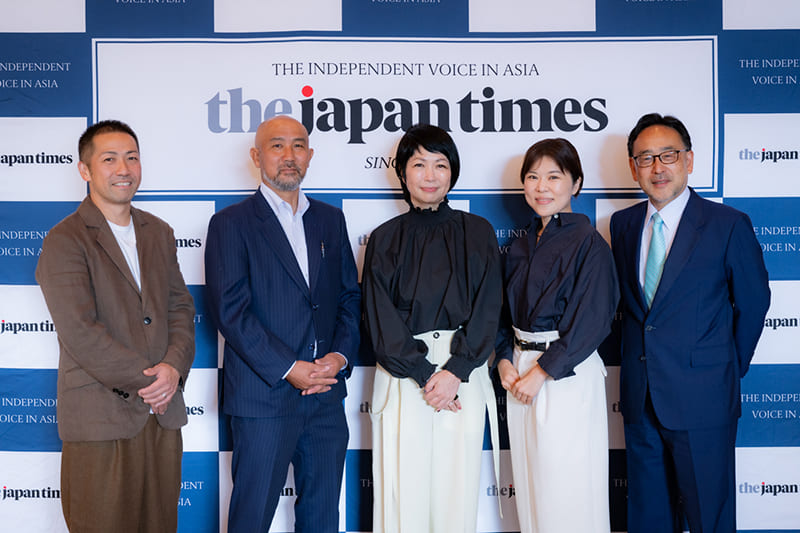
The second panel session, moderated by Kosuke Motani, the chief senior economist at the Japan Research Institute Ltd. and an adviser to The Japan Times’ Sustainable Japan Network, focused on the possibility of gastronomy tourism in Hokkaido.
Takahiko Soga, who runs a winery and vineyard called Domaine Takahiko in the hilly area east of the town’s center, was born the second son of a vintner in Nagano Prefecture. He first came to Yoichi looking for the ideal place and climate to grow pinot noir, a grape variety native to the Burgundy region of France that is generally used to make red wine.
“My winery was the first to be established in 36 years since Yoichi became home to the first one,” he said. Many other winemakers followed suit, and small new wineries have popped up in Yoichi ever since. “There will be close to 30 wineries in our town next year, each one producing 10,000 to 20,000 bottles,” he said, adding that they are attempting to create a regional taste. With the wine culture thus nurtured by local people, Yoichi is becoming known as a wine-producing town.
Ayumi Ito, the president and producer of Creative Office Cue Co. Ltd., established the entertainment company in Sapporo in 1992.
“When I started to spend half of my time in Tokyo in 2004, I came to realize how fresh the air in Hokkaido is and how tasty the produce of Hokkaido is,” she said.
The discovery led to the series of three movies the company later created that told stories of a bakery, a winery and a cheese producer, all using products of Hokkaido, to promote the region and its rich food culture.
The third in the series, “Kita no Shokukei” (“Northern Food Story”), a documentary on a cheese maker, was nominated in the Culinary Zinema section of the 72nd San Sebastian Festival this year. “We are launching our own film festival, titled Hokkaido Food Film Festival, to be held in November, with an aim to create a platform that promotes the charms of Hokkaido’s food,” she said.
Nozomi Onishi, the vice president of Tsuruga Holdings, which operates more than a dozen resort facilities in Hokkaido, said there are many stories to tell and traditions to preserve in Hokkaido. That is why most of the facilities owned by the company are renovated buildings and some serve meals made from produce grown within a 50-mile radius.
The company has also launched farms to grow its own products. At Lake Toya Tsuruga Resort Hikari no Uta, as many as 850 raspberry, blueberry, cranberry and other fruit bushes were planted this year. She said the farm, situated at the foot of the Showa Shinzan volcano, is blessed with rich soil suitable for growing berries. “We have another farm in the town of Tsubetsu where we grow 600 kinds of vegetables,” Onishi said.
About a quarter of the guests who visit Tsuruga’s resort facilities are foreigners, and Onishi looks forward to offering more gastronomic experiences that can only be enjoyed in Hokkaido.
